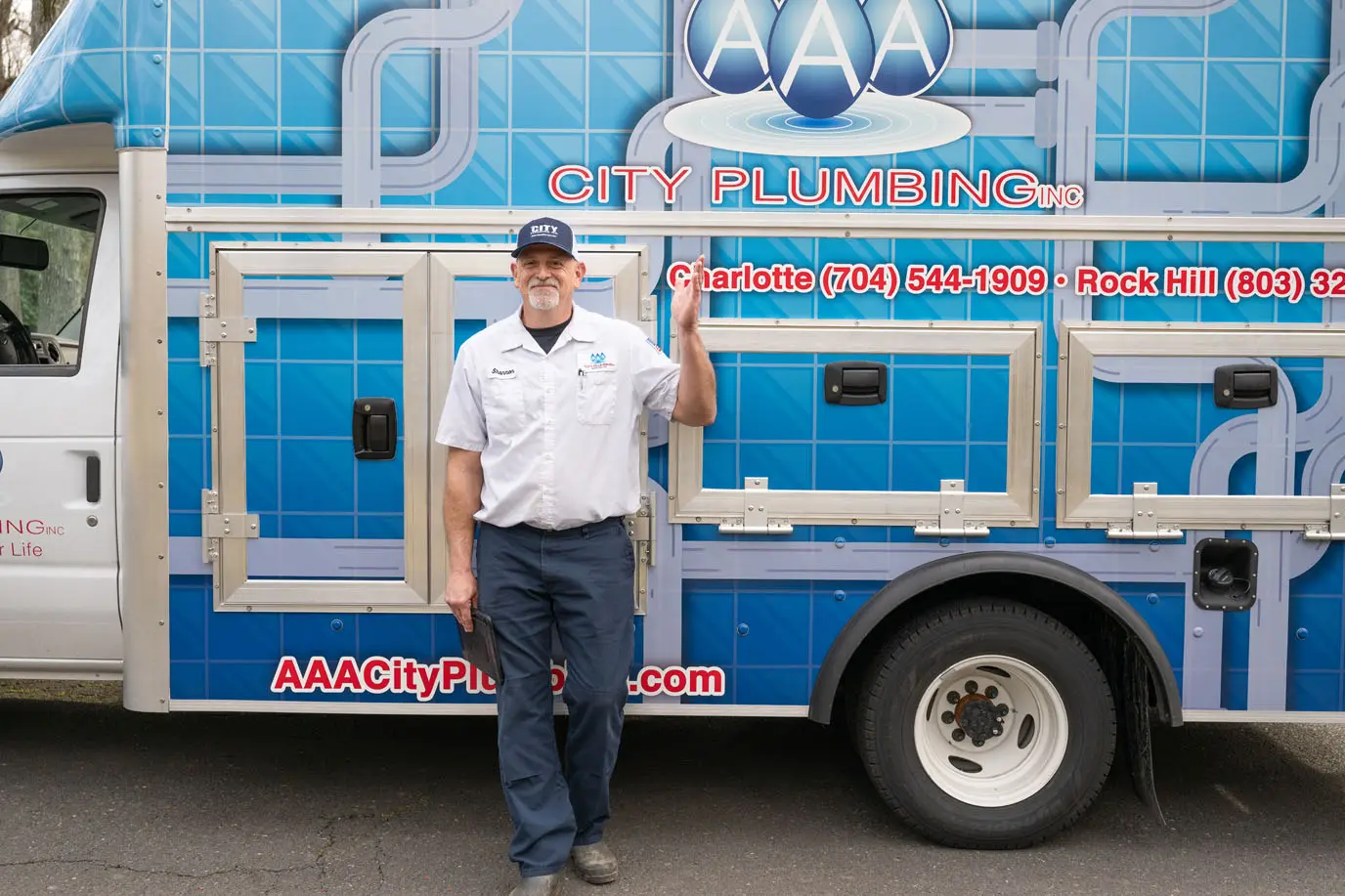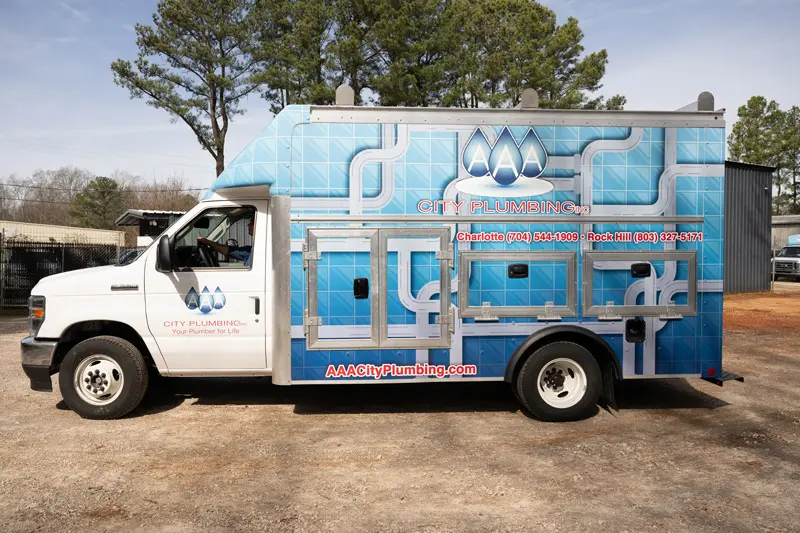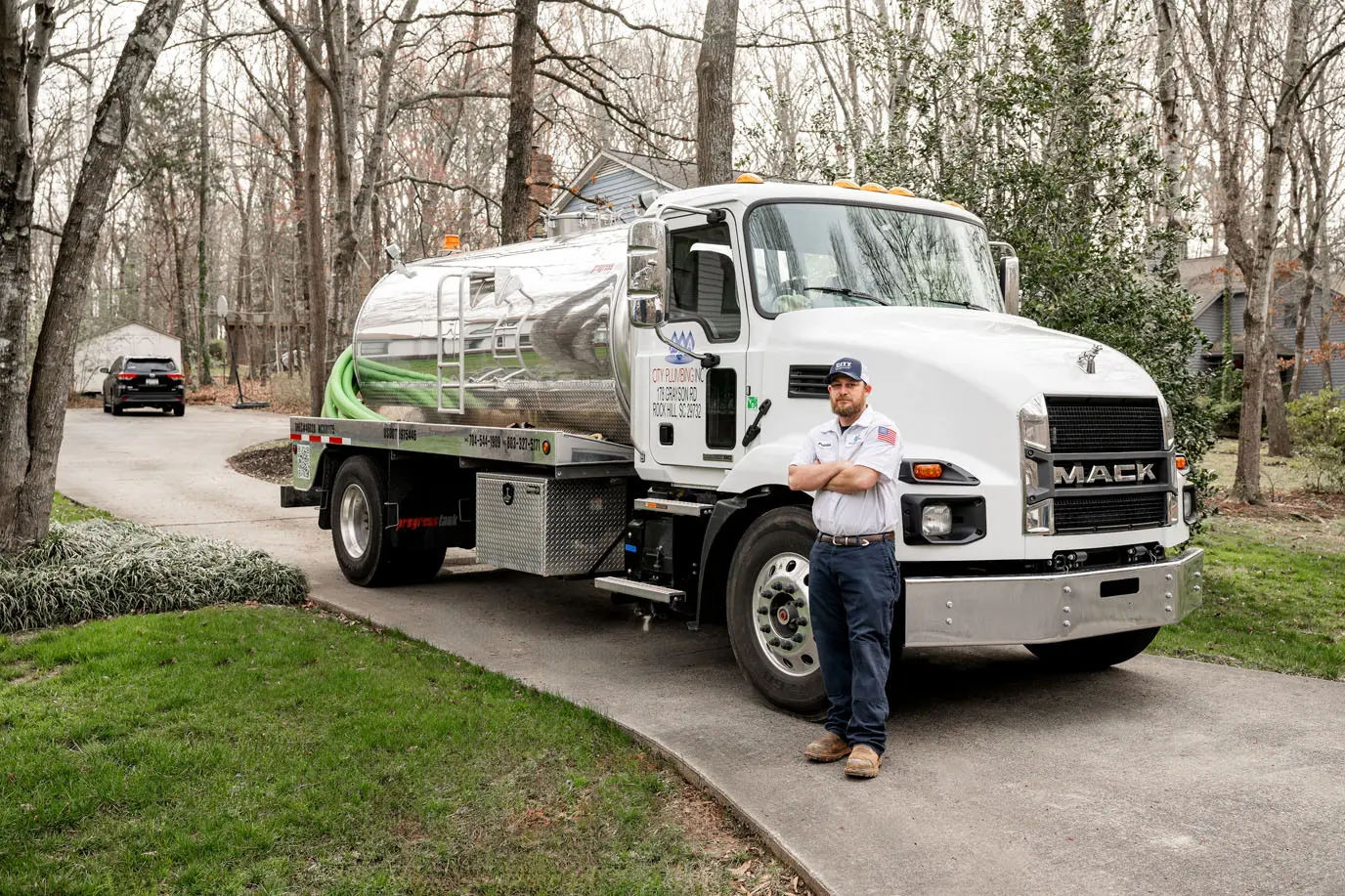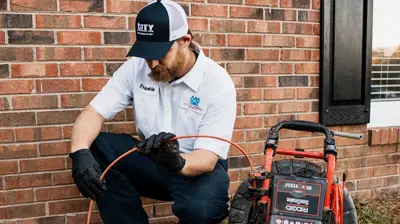Septic Tank Services
Due to the ecosystem in the Carolina region, septic tanks can be prone to a variety of issues and homeowners must stay on top of maintenance to avoid serious issues. AAA City Plumbing is a full-service plumbing company offering septic tank maintenance to help you keep your system functioning efficiently.
How Do Septic Tanks Work?
For homes that are not connected to a municipal sewer line, waste water will drain to and be collected in a septic tank buried somewhere on your property. Septic tanks include an exit pipe to carry wastewater and vent gasses, a buried watertight tank (usually concrete or fiberglass), a drain field consisting of a network of pipes in shallow trenches packed with gravel or other filler, and a leaching field, which consists of soil full of bacteria to digest any contaminants before the wastewater reaches the groundwater.
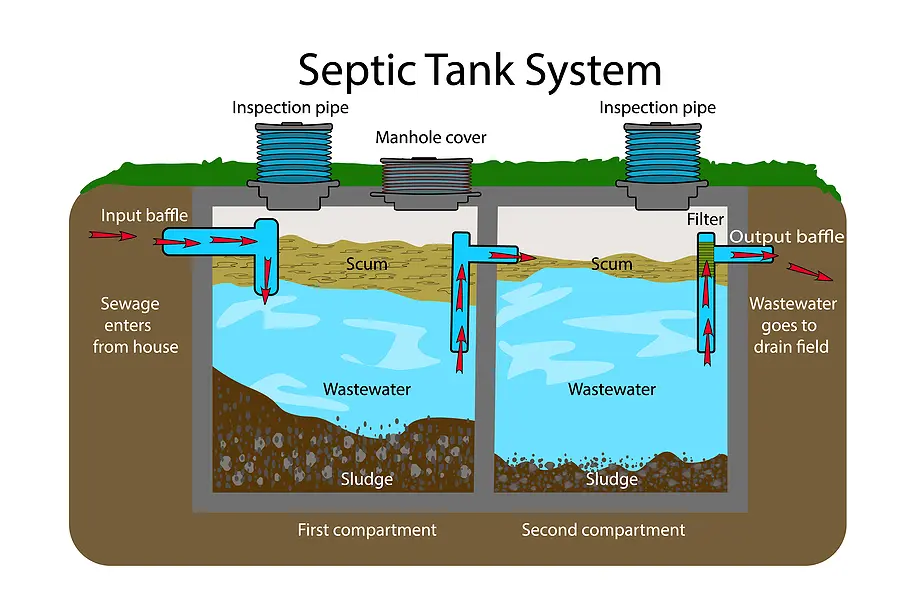
When water is flushed or drained from your house, it will enter the septic tank. Heavy solids will sink to the bottom and will break down to form a layer of sludge. Lighter solids will collect at the top in what is referred to as the scum layer. The bacteria in the tank work continuously to break down waste and the tank ensures that the sludge and scum are contained, while the liquid empties into the drainfield and is absorbed by the surrounding soil.
What Issues Can Septic Tanks Have?
The most common issue septic tanks will have is overflowing from lack of following a service schedule or clogs in the pipes caused by flushing non flushable items down the toilet. Often, the first sign of an issue with your septic system is slow, gurgling, bubbling, or clogged drains. When functioning properly, your drains should be able to clear a gallon of water in 30 seconds. If only one drain is slow, it is typically only an issue with that one pipe, but when all the drains in your house are slow, it’s often a sign that your septic tank requires a service call.
Another issue a septic tank can have is a cracked or broken pipe in the drain field. If the ground surrounding your septic tank is wetter than the rest of the yard, or if the ground surrounding the septic tank is exceptionally greener than the rest of the lawn, that can indicate a flood from your septic system.
How Often Do You Need to Service Your Septic Tank?
Standard household septic tanks in this region will typically need to be serviced every three to five years, but it will depend on how many people are living in your house, the water table in your area, and how big your tank is. For a family of four living in a home with a 1500 gallon tank, the tank should be serviced every four years unless there are signs of trouble. A family of six living in a home with a smaller tank might need to be serviced every 18 months. If you are not sure how big your tank is, you should be able to find out during a maintenance service call, or you can check with the planning and building department who will have the records on your septic system installation. When you have a service provider out, they can open and pump the tank and give you the exact size, as well as the current condition of the tank and recommendations on how to keep your system working optimally between maintenance visits. It is always better to err on the side of caution when it comes to pumping and servicing your septic tank.
Septic Tank Service
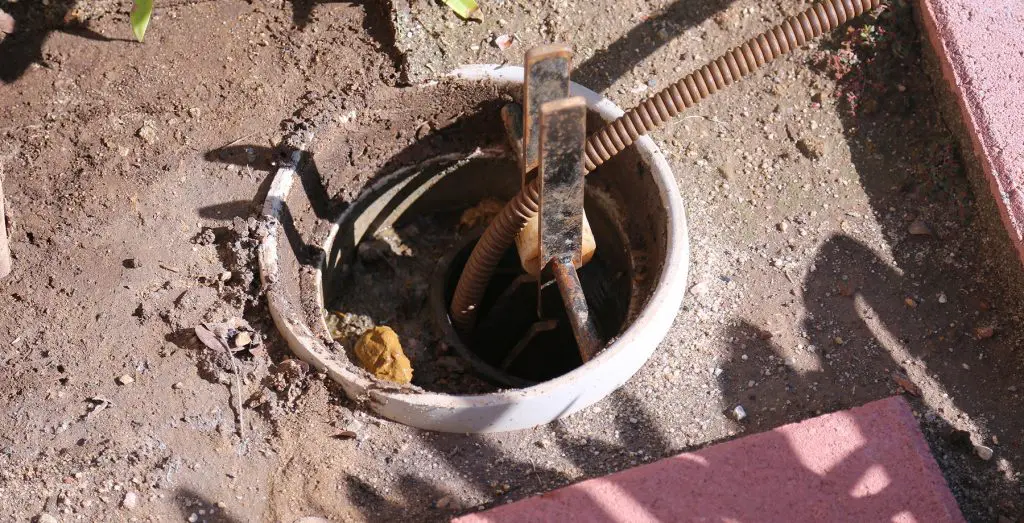 Septic tank service usually encompasses several things: pumping, cleaning, inspection, and repairs. Over time, solid waste and debris can accumulate in the tank, leading to clogs and blockages. Regular pumping will remove the blockages, preventing backups and overflows. After pumping, a septic tank service may include cleaning, which involves removing the sludge and scum from the inside of the tank to keep it functioning properly. After cleaning, the tank will be inspected to identify any issues. While inspecting the tank, the drain field will be inspected as well. If any issues are identified during the inspection, repairs can be done immediately, such as replacing damaged pipes, fixing leaks, or repairing the drain field.
Septic tank service usually encompasses several things: pumping, cleaning, inspection, and repairs. Over time, solid waste and debris can accumulate in the tank, leading to clogs and blockages. Regular pumping will remove the blockages, preventing backups and overflows. After pumping, a septic tank service may include cleaning, which involves removing the sludge and scum from the inside of the tank to keep it functioning properly. After cleaning, the tank will be inspected to identify any issues. While inspecting the tank, the drain field will be inspected as well. If any issues are identified during the inspection, repairs can be done immediately, such as replacing damaged pipes, fixing leaks, or repairing the drain field.
Septic Tank Emergency Services
No one wants to consider a septic tank emergency, but it’s important to both recognize the signs that your system is in distress as well as what to do when you notice, as how you react can make the difference between a septic repair and a full septic tank replacement. For most homeowners, the first sign of a septic tank emergency is the backup of sewage into the toilets and drains in the house, or an overflow into the area surrounding the septic tank site. If you see sewage backing up into the tubs and showers in your home or overflowing from the septic tank outside, it is likely that your tank has a clog in the pipe leading to the tank or it has begun to overflow. If you recognize any of these signs, stop using water immediately, and call AAA City Plumbing to schedule a service call.
Septic tank issues may not be pleasant, but the quicker you address the problem, the quicker it can be resolved. As a comprehensive plumbing service, we are ready to help you with any septic tank issues you are experiencing. If you’re experiencing slow drains, or you want to schedule a septic tank check up with one of our technicians, contact AAA City Plumbing today.

$50 OFF Any Plumbing Service
Not combinable with other offers.
Must mention Parker to receive this discount.
Valid Jan 1, 2024 - Dec 31, 2024
Providing professional plumbing services for nearly 30 years. We love what we do and will always treat your home as if it was our own.
Whatever your plumbing need, we are here to solve your plumbing problem and make your home or business a place you can enjoy stress-free. We’re not happy until you are.
We hire top-notch plumbers in the area because your home & business deserve the very best. AAA City Plumbing is committed to caring for your home like it’s our own.
Licensed, Bonded & Insured
Emergency Plumber in Rock Hill, SC
Have a Plumbing Emergency? Let AAA City Plumbing help!
